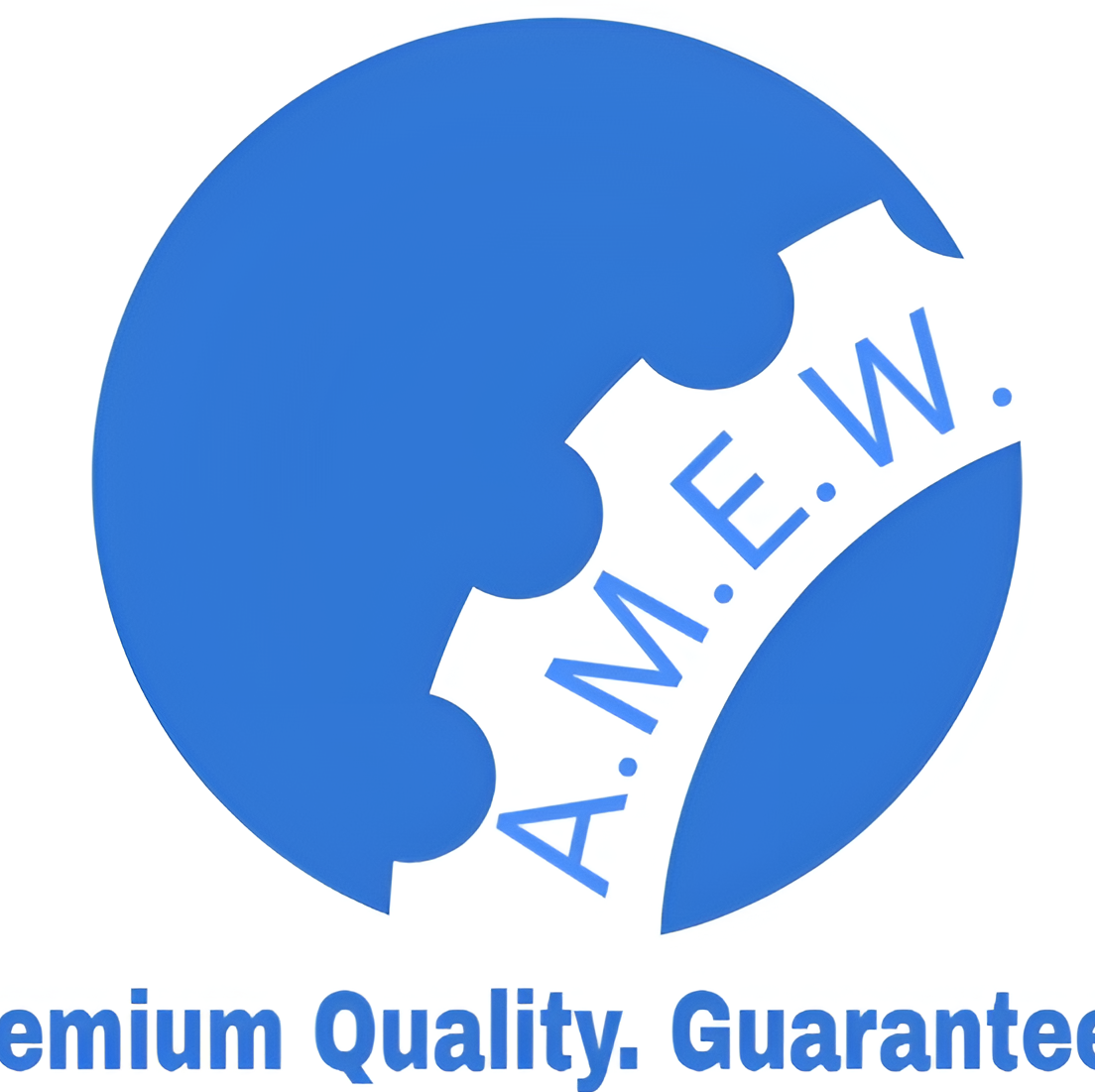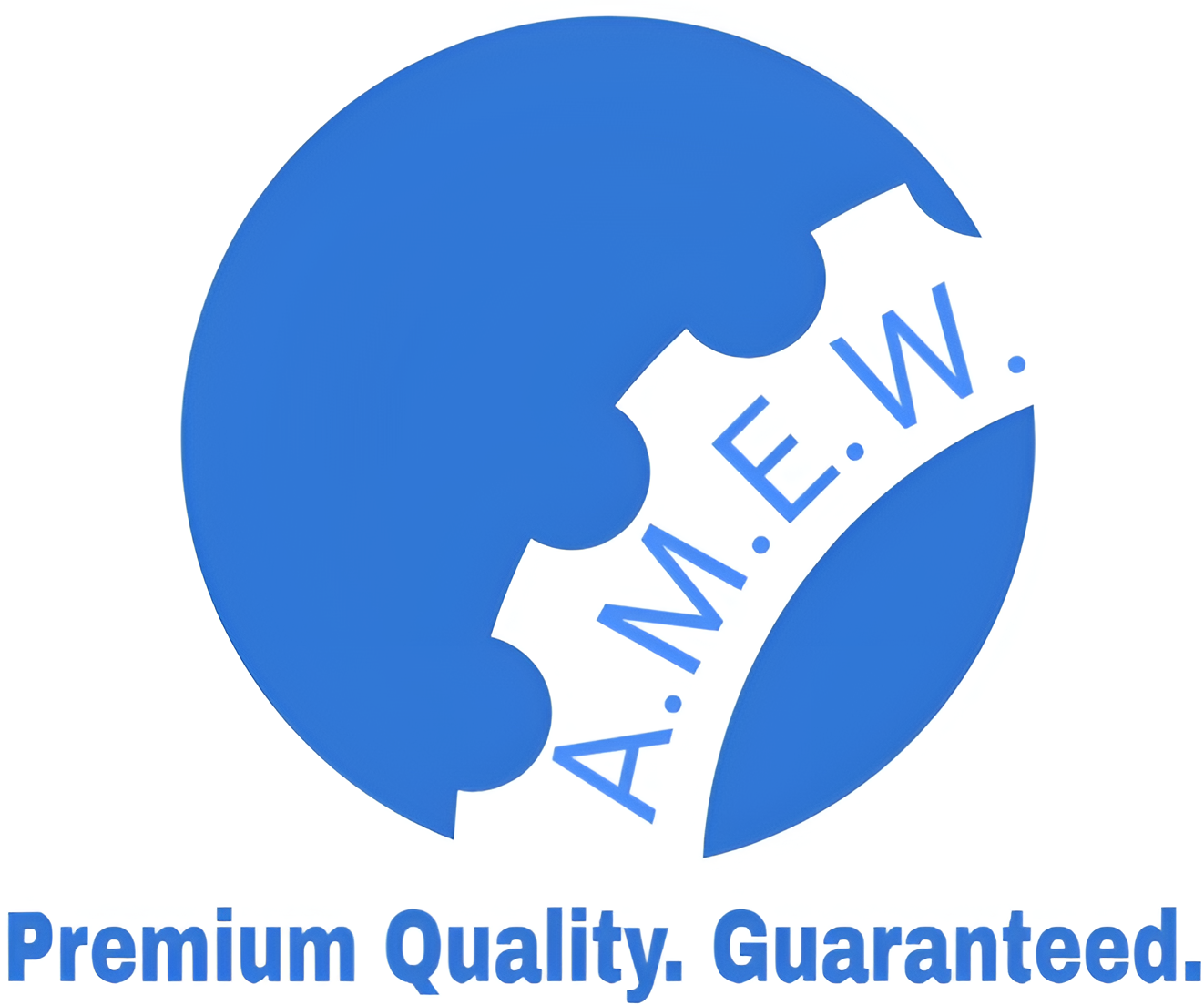Plate Flanges Explained: Types, Applications, and Best Practices
When it comes to industrial piping systems, plate flanges are critical components that simplify assembly, maintenance, and connection integrity. Used across industries like oil and gas, petrochemicals, water treatment, and power generation, plate flanges ensure that pipes are securely fastened to support efficient and safe operations.
If you’re an engineer, a piping professional, or an industry expert seeking detailed insights into plate flanges, this comprehensive guide is for you. By the end of this blog, you’ll understand what plate flanges are, their types, materials, selection criteria, maintenance practices, and more.
What Are Plate Flanges?
Plate flanges are flat, circular discs or rings used to connect pipes, valves, pumps, and equipment to form an industrial piping system. These components make it easy to assemble and dismantle systems, which is particularly beneficial for inspection, maintenance, and repairs.
Beyond simplifying installation, plate flanges ensure a leak-proof seal between two joints, which is essential for systems carrying fluids, gases, or steam under high pressure and temperatures.
Types of Plate Flanges
There are several types of plate flanges, each designed for specific requirements based on pressure ratings, applications, and operational needs. Here’s a detailed look at the most common ones.
1. Weld Neck Plate Flanges
Weld neck flanges are easily distinguishable due to their long tapered hub that is welded to the pipe. This design minimizes stress concentration on the flange base and is ideal for high-pressure and high-temperature environments. Key benefits include improved strength and resistance to bending forces.
Use cases: Power plants, chemical industries, and oil refineries.
2. Slip-On Plate Flanges
Slip-on flanges are characterized by their simplicity and cost-effectiveness. These flanges slide over the pipe, and the connection is secured using fillet welds at both the inner and outer edges. Although less robust than weld neck flanges, their affordability and ease of installation make them popular for low-pressure applications.
Use cases: Water distribution systems, smaller pipelines, and general-purpose piping.
3. Blind Plate Flanges
Blind flanges are solid discs used to seal or close the end of a piping system. They offer excellent flexibility, allowing systems to resume operation when necessary by removing the flange. Blind flanges have no central bore, which makes them highly effective in high-pressure applications.
Use cases: End connections for pressure vessel openings, pipeline terminations.
4. Threaded Plate Flanges
Threaded flanges have internal threads that allow them to connect to pipes without welding. These are especially useful in systems where welding might be hazardous, such as flammable environments. However, they are typically limited to low-pressure applications.
Use cases: Gas pipelines, smaller pipes in explosive areas.
5. Socket Weld Plate Flanges
Socket weld flanges feature a socket where the pipe is inserted and then welded at the hub. By offering a smooth bore flow, socket weld flanges are ideal for small-diameter, high-pressure systems.
Use cases: Hydraulic pipelines, chemical processing systems.
Materials and Standards
Understanding the materials and standards behind plate flanges is vital to ensure their performance, durability, and compatibility within a piping system.
Common Materials
Plate flanges are generally made from materials chosen for specific industry requirements, ensuring they withstand intense operating conditions.
- Carbon Steel: Durable yet cost-effective for general industrial applications.
- Stainless Steel: Corrosion resistance makes it ideal for chemical and marine applications.
- Alloy Steel: Excellent for high-temperature systems.
- Aluminum: Lightweight and used in low-pressure applications.
Standards to Know
Using standardized plate flanges ensures quality, safety, and consistency in manufacture and operation. Look for compliance with key standards, such as:
- ANSI/ASME B16.5: Covers pressure-temperature ratings for flanges.
- ASTM A182: Specifies forged or rolled alloy and stainless steel flanges.
- DIN/EN Standards: Common in European operations, ensuring metric compatibility.
How to Select the Right Plate Flange
Choosing an appropriate plate flange requires considering its operational environment, system requirements, and budget. Below are key factors to keep in mind.
1. Pressure and Temperature Rating
Ensure the flange can handle the maximum working pressure and temperature of your system. This will depend on the material and design specifications.
2. Fluid or Gas Properties
For corrosive or chemically reactive media, opt for materials like stainless steel or specialized coatings to prevent degradation.
3. Environmental Conditions
Consider external factors like humidity, saline conditions, or exposure to UV radiation if your flanges will be used outdoors.
4. Size and Bore Options
Double-check the pipe’s bore size and dimensions to ensure a snug fit for optimized flow and reduced turbulence.
5. Budget Constraints
While it might seem tempting to prioritize affordability, always weigh cost savings against potential maintenance or replacement expenses in the long term.
Installation and Maintenance of Plate Flanges
Proper installation and maintenance practices are crucial to ensure plate flanges perform effectively and last for years.
Best Practices for Installation
- Check Dimensions: Verify all dimensions against the piping system to avoid compatibility issues.
- Ensure Proper Alignment: Misaligned flanges can lead to uneven pressure and potential leaks.
- Tightening Sequence: Always follow the recommended bolting patterns to ensure even stress distribution.
- Use Gaskets Properly: Select the right gasket material for a secure seal.
Maintenance Tips
- Schedule regular inspections to check for wear, corrosion, or any signs of loosening.
- Clean flange surfaces to prevent dirt or debris from compromising the seal.
- Lubricate bolts and threads to prevent seizing, especially in high-temperature systems.
Common Issues and How to Troubleshoot Them
Even with proper care, issues can occur. Here are some frequent problems with plate flanges and how to address them.
1. Leaking Connections
Cause: Improper gasket placement or inadequate tightening.
Solution: Reinstall the gasket, and re-torque bolts using a cross-bolting pattern.
2. Corrosion
Cause: Exposure to aggressive chemicals or environmental conditions.
Solution: Opt for corrosion-resistant materials like stainless steel or use protective coatings.
3. Warping Under High Pressure
Cause: Using inappropriate flange type for the application.
Solution: Replace with a properly rated flange, like a weld neck for high-pressure systems.
What Lies Ahead for Plate Flange Technology?
Ongoing advancements in material sciences and manufacturing techniques are setting exciting trends for the flange industry. High-performance alloys like duplex stainless steel are becoming more affordable, while 3D printing is revolutionizing how custom flanges are designed and manufactured. These advancements promise longer-lasting, more adaptable flanges for future piping systems.

